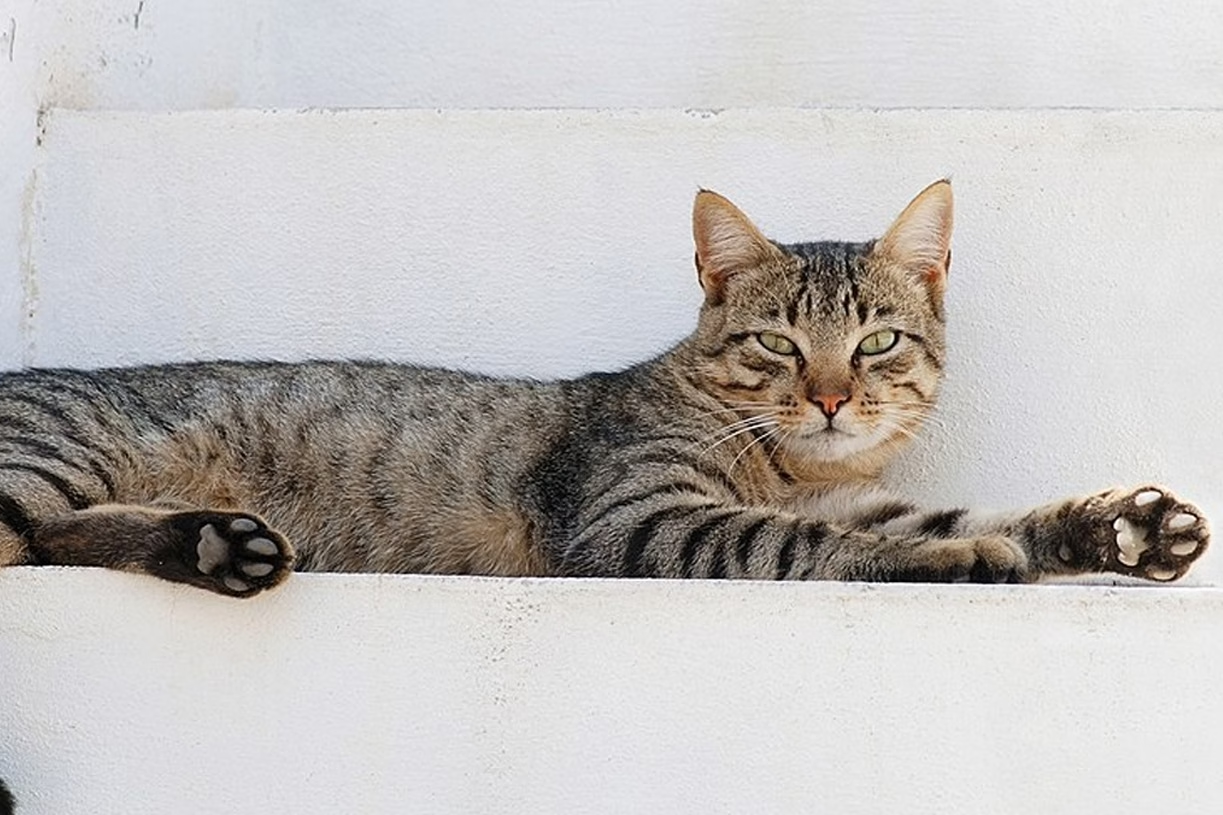For centuries, we had the cat origin story all wrong, and now the truth is finally out.
Fez– Guess what? Your house cat, the one currently ignoring you on the couch, has a wilder, more glamorous origin story than anyone thought.
For decades, scientists assumed domestic cats tiptoed their way into Europe alongside Neolithic farmers, drawn by cozy grain stores and the promise of unlimited mice. Cute theory. Totally wrong.
Two groundbreaking studies just flipped that narrative upside down. And the real star of the feline origin story? North Africa.
Led by research teams from the University of Tor Vergata in Rome and the University of Exeter in the UK, these studies combed through vast genetic and archaeological data.
And what they found is honestly the academic equivalent of a mic drop. Domestic cats didn’t even show up in Europe until thousands of years after agriculture was already in full swing.
Let’s rewind. The researchers analyzed 70 ancient and 17 modern cat genomes, plus feline remains from 97 archaeological sites.
What they uncovered were two big waves of cat migration. The first? Around the 2nd century BCE, when wildcats from northwest Africa were brought to Sardinia.
The second, and more significant, wave happened during the Roman Empire, from the 1st to 5th century CE.
This is when cats with the genetic blueprint of your modern-day purring roommate spread across Europe. All signs point back to North Africa.
A parallel study from the University of Exeter backed this up by digging into over 2,400 cat bones from 206 sites.
It revealed cats living in Europe long before the Romans strutted onto the scene, with feline remains in Britain dating back to the Iron Age.
The takeaway? The domestic cat’s journey into Europe was slow, scattered, and deeply tied to culture.
Because here’s the real kicker: cats didn’t win hearts just by catching rats. Religion and symbolism played a massive role.
In ancient Egypt, cats were sacred, associated with the goddess Bastet and even mummified.
The Greeks linked them to Artemis, the Romans to Diana, and Norse mythology had them trailing Freyja. That’s not pest control, it’s a full-blown PR campaign.
As cats spread, they interbred with wild species, outcompeting them and reducing wildcat populations across Europe.
And perhaps most fascinating of all: the mitochondrial DNA we once used to track their lineage? Turns out, it’s way too simplistic.
Only deep genetic analysis revealed this tangled web of trade routes, empires, and belief systems that brought the house cat to our doorsteps.
So next time your cat gives you that ancient, judgmental stare, just know, they come from a long line of North African nobility.
Read also: ‘Salat Al-Qalaq’ Wins International Prize for Arabic Fiction
















